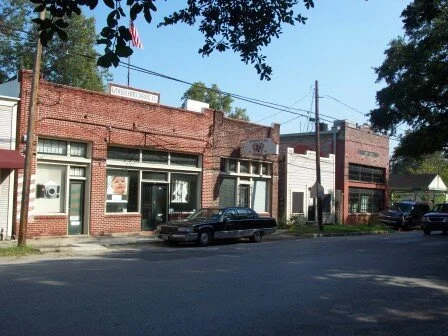Historically and Architecturally Significant Neighborhoods of Texas Cities
Neighborhood residents have worked for decades to protect and nurture the slow, incremental revitalization of many historic and architecturally significant neighborhoods throughout Texas. Now some of these places are facing a new threat—a disturbing new pattern of demolition as newcomers move in on their own terms. New owners and developers are demolishing existing homes in these neighborhoods to make way for the construction of dramatically larger new homes on the same sites. Typically measuring 3,000 to 10,000-square feet, these new structures overwhelm neighboring homes and threaten the very qualities that make historic neighborhoods attractive in the first place. Character and charm are replaced by a hodgepodge of boxy new mansions and forlorn-looking older homes. Neighborhood livability is diminished as mature trees, landscaping and backyards are eliminated. Community and economic social diversity is reduced as affordable homes are destroyed.
Threatened neighborhoods include Monticello, Arlington Heights, and neighborhoods in the area of Texas Christian University and the Colonial Country Club in Fort Worth; Vickery Place, Bluff View, Lakewood Highlands, and Old Preston Hollow in Dallas; Pemberton Heights, Old West Austin, and Tarrytown in Austin; and Beacon Hill, Terrell Hills, Olmos Park, Monte Vista, and Alamo Heights in San Antonio. Established residents need a voice as the tear down trend quickly transforms some of our cities most significant neighborhoods.

